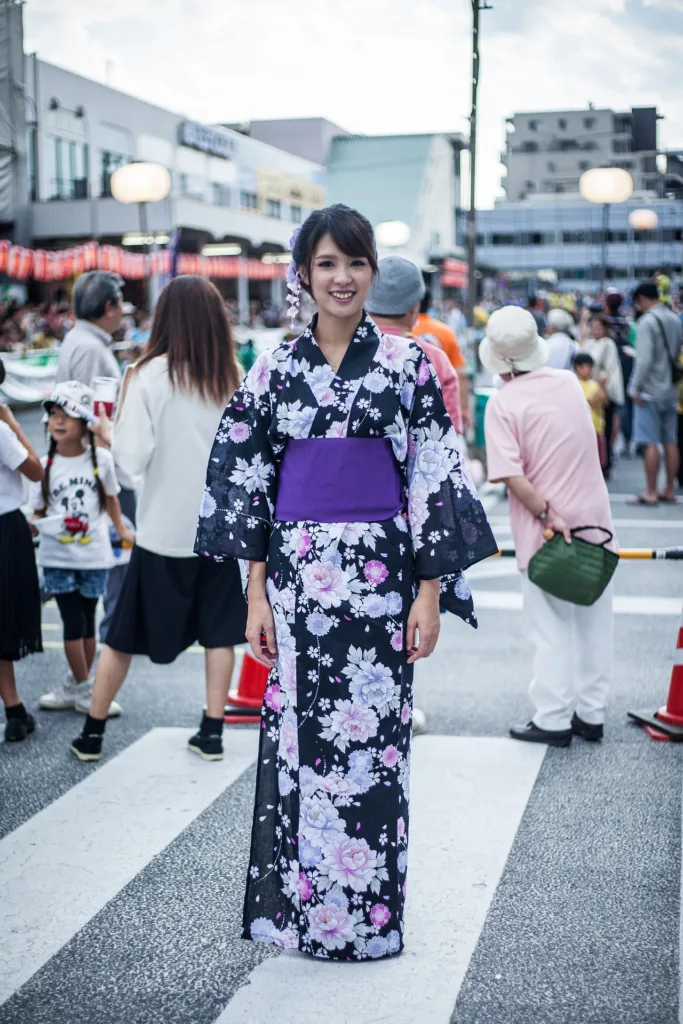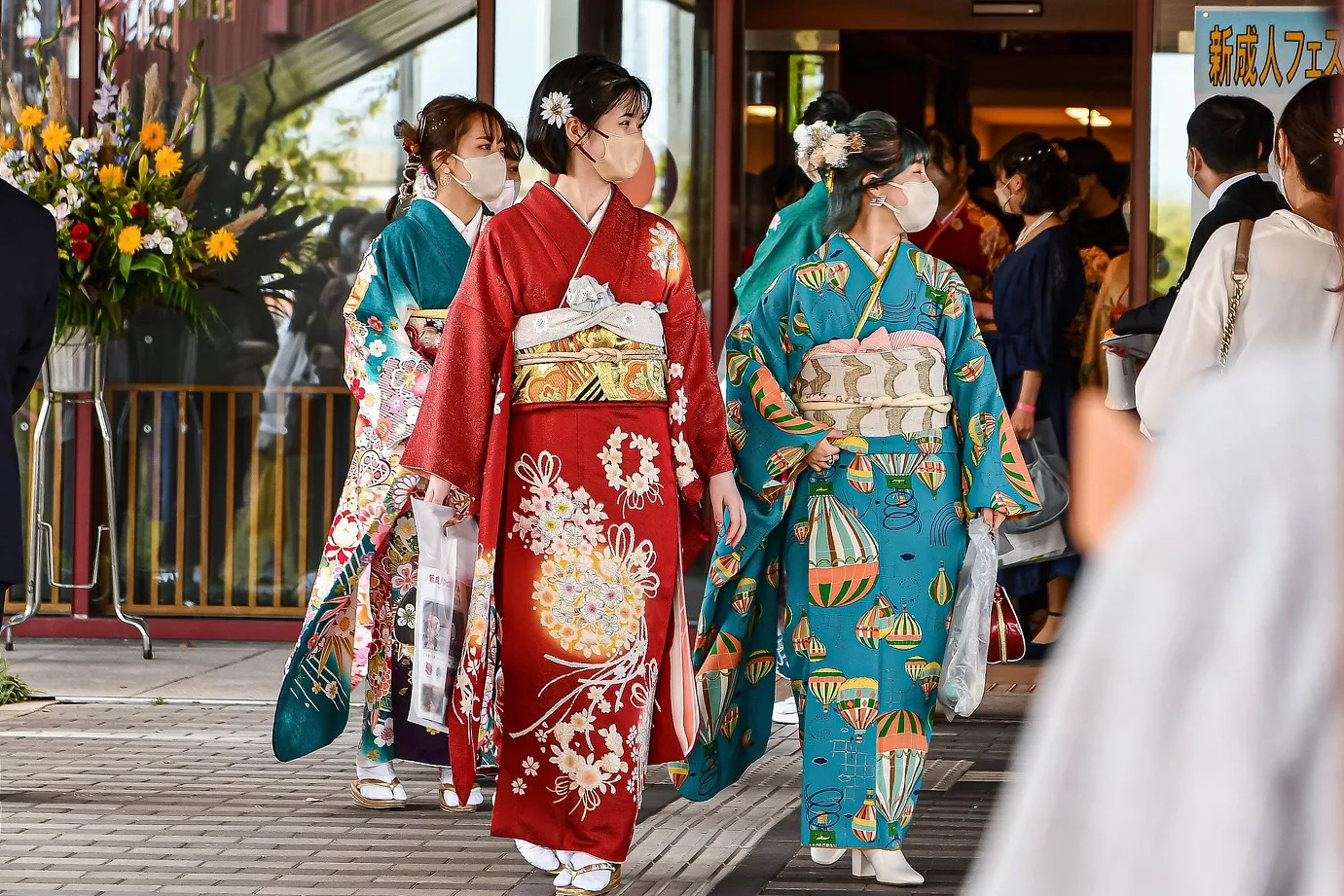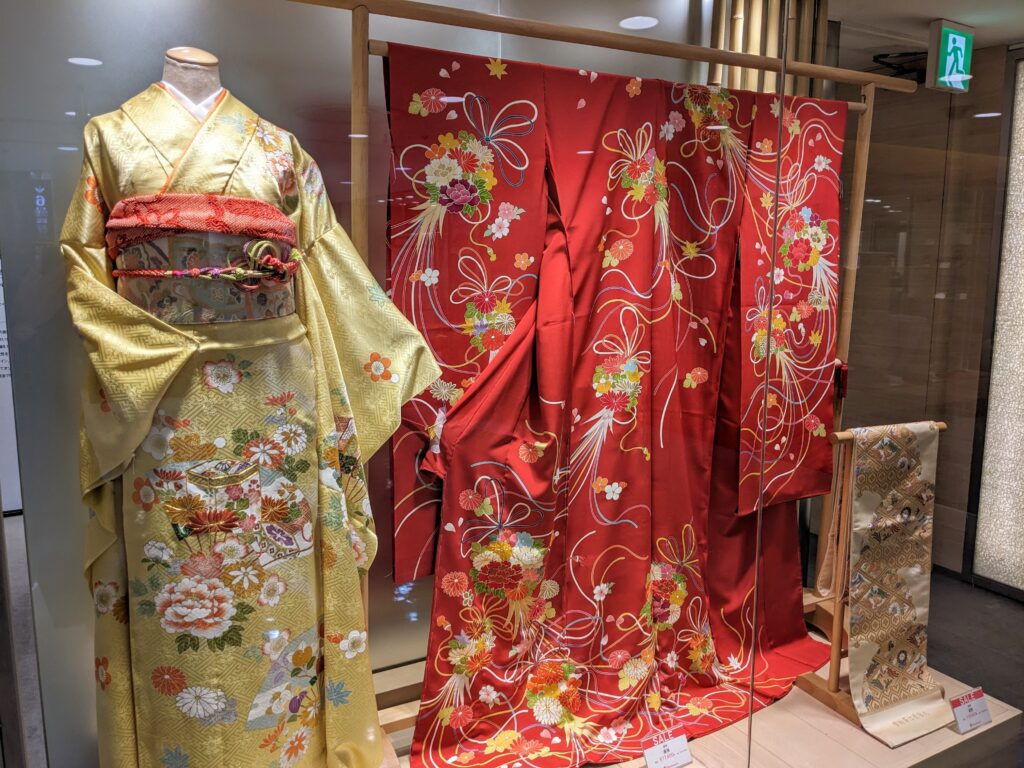Konnichiwa! When it comes to traditional Japanese clothing, two of the most iconic garments are the yukata and kimono. While both of these styles are often worn on special occasions and important events, there are some key differences between them that set them apart. In this article, we will take a closer look at the history and features of yukata vs kimono and compare and contrast the two styles.

Planning a trip to Japan?
What is a Yukata?
A yukata is a casual, lightweight garment that is often worn in Japan during the summer months or at festivals and other outdoor events. While the yukata was traditionally worn as a bathrobe, it has since become a popular option for both men and women to wear as a casual outfit. Here are some key features of the yukata:

Yukata have a long history in Japan, dating back to the Heian period (794-1185) when they were worn as a type of bathrobe. Over time, they became more casual and were often worn by men and women as a way to stay cool during the hot summer months. Today, yukata are still popular, especially during festivals and other outdoor events where they are often seen in a variety of bright colors and patterns.

What is a Kimono?
A kimono is a more formal garment that is often worn for special occasions such as weddings, funerals, or tea ceremonies. Kimono are made from a variety of materials including silk, cotton, or synthetic fabrics, and often feature intricate designs and patterns. Here are some key features of the kimono:

The history of the kimono dates back to the Nara period (710-794) when the garment was worn as an undergarment by both men and women. Over time, the kimono became more elaborate and was worn by the upper classes as a symbol of their status and wealth. Today, the kimono is still an important part of Japanese culture and is often worn for special occasions such as weddings, coming of age ceremonies, and other formal events.

Comparing and Contrasting Yukata vs Kimono
While yukata and kimono are both traditional Japanese garments, there are some key differences between them. Here are some of the ways that yukata and kimono differ:
Materials: Yukata are typically made from lightweight cotton or linen material, while kimono are made from heavier, more formal materials such as silk or brocade.
Patterns: Yukata often feature simple, geometric patterns, while kimono can be much more elaborate and feature intricate designs and patterns.
Dressing process: Yukata are relatively easy to put on and can be worn with or without an obi. Kimono, on the other hand, require a more complex dressing process that involves multiple layers and accessories.
Occasions: Yukata are typically worn for more casual occasions such as festivals or summer parties, while kimono are reserved for more formal events such as weddings and tea ceremonies.
Accessories: While both yukata and kimono can be worn with an obi, kimono also require additional accessories such as a decorative hairpin (kanzashi) and traditional Japanese socks (tabi).

Final Thoughts
Hopefully this post has helped you understand yukata vs kimono. While yukata and kimono may seem similar at first glance, they each have their own unique features and history. Both garments have remained popular in Japan and around the world due to their beautiful designs and cultural significance.
In recent years, there has been a growing interest in both yukata and kimono outside of Japan, with many people embracing these traditional styles as a way to connect with Japanese culture. This has led to a greater appreciation for the craftsmanship and artistry that goes into making these garments, and has helped to keep these traditions alive for future generations.
Whether you prefer the casual comfort of a yukata or the formal elegance of a kimono, there is no denying the beauty and significance of these traditional Japanese garments. Yukata vs kimono may seem like a simple comparison, but in reality, these two styles represent a rich cultural heritage that has been passed down through generations of Japanese artisans and designers.
So the next time you attend a Japanese festival or other cultural event, take a moment to appreciate the beauty and history behind these iconic garments. Planning a trip to Kyoto? If so, check out the top 5 places to rent a Kimono in Kyoto and consider a photoshoot. Whether you choose to wear a yukata or kimono yourself, or simply admire them from afar, they are sure to leave a lasting impression and a deeper appreciation for the traditions and culture of Japan.


